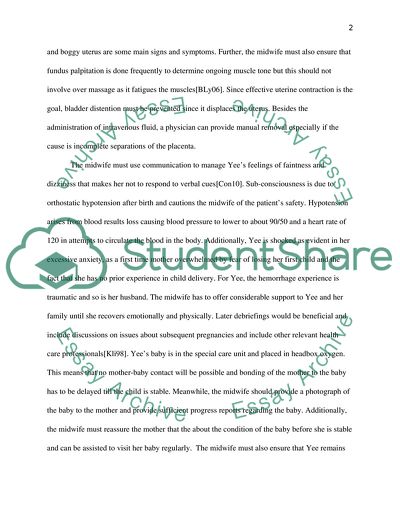Cite this document
(“Acute Care Nursing - Reflections on Practice Essay”, n.d.)
Acute Care Nursing - Reflections on Practice Essay. Retrieved from https://studentshare.org/nursing/1656640-acute-care-nursing-reflections-on-practice-case-study
Acute Care Nursing - Reflections on Practice Essay. Retrieved from https://studentshare.org/nursing/1656640-acute-care-nursing-reflections-on-practice-case-study
(Acute Care Nursing - Reflections on Practice Essay)
Acute Care Nursing - Reflections on Practice Essay. https://studentshare.org/nursing/1656640-acute-care-nursing-reflections-on-practice-case-study.
Acute Care Nursing - Reflections on Practice Essay. https://studentshare.org/nursing/1656640-acute-care-nursing-reflections-on-practice-case-study.
“Acute Care Nursing - Reflections on Practice Essay”, n.d. https://studentshare.org/nursing/1656640-acute-care-nursing-reflections-on-practice-case-study.


